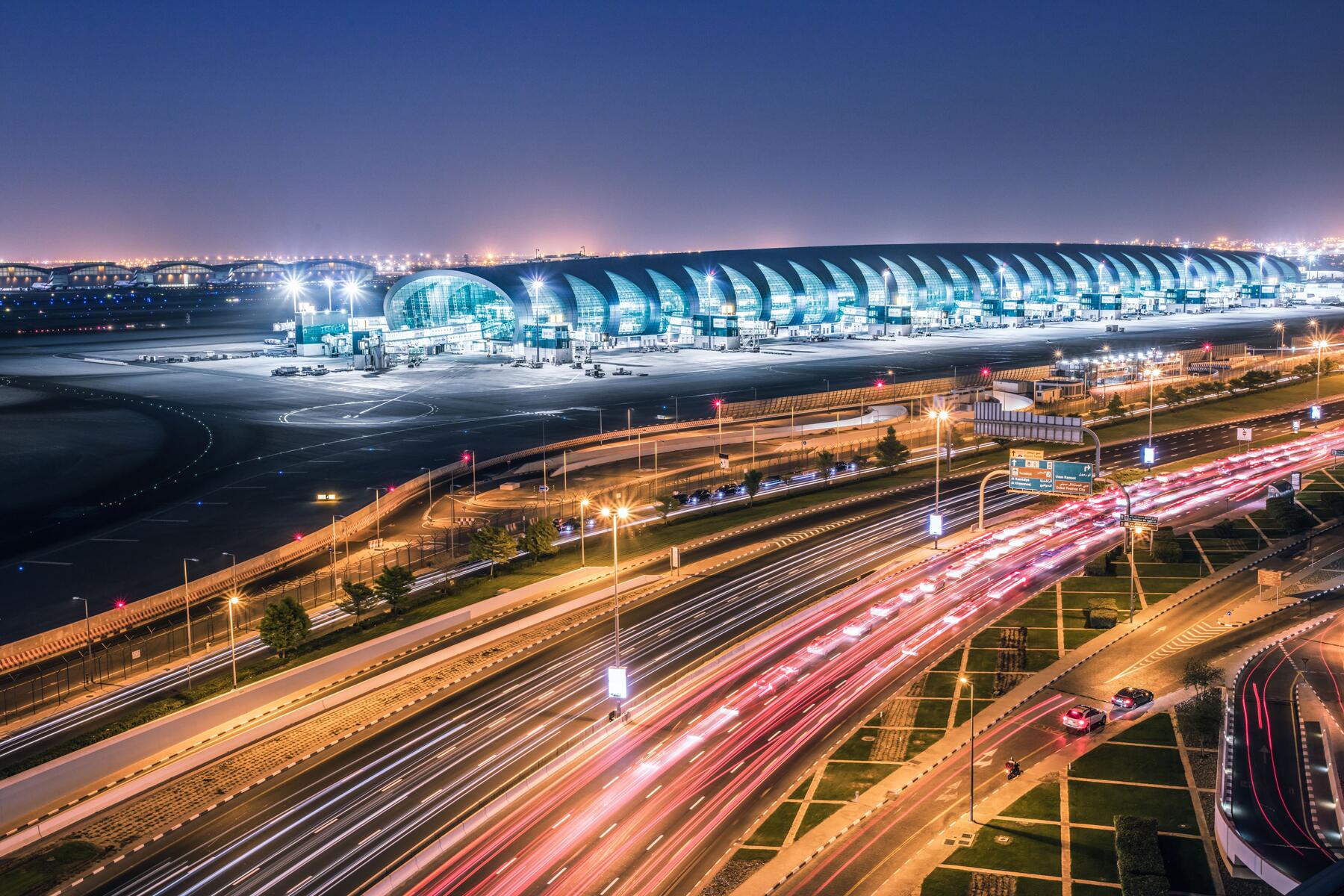Travelers were stranded as Dubai Airport halts.
Two years’ worth of rain brought Dubai to a screeching halt this week. It was the heaviest rain ever recorded since records began 75 years ago and it soaked the desert. Social media was inundated with videos of traffic jams on highways, luxury cars submerged in water, torrential rain and angry thunderstorms lashing onto the city, and people stuck on the roads.
Authorities and communities across the United Arab Emirates were clearing debris after a torrential downpour killed at least one person and caused damage to homes and businesses https://t.co/rOM4HPcFFP pic.twitter.com/C0MaFcoOD4
— Reuters (@Reuters) April 17, 2024
The storm of epic proportions also affected other Emirates in the U.A.E., along with the Gulf countries of Oman, Kuwait, Qatar, and Saudi Arabia. In Oman, at least 19 people died due to the rains, including 10 schoolchildren who got swept away in their bus.
In Dubai, the storm raged on from Monday and intensified on Tuesday. The Emirate, which typically gets 3.12 inches of rain per year, experienced double that (6.26 inches). The dry city lacks infrastructure for these unpredictable events.
Also majorly impacted was the Dubai airport, which is a major hub and second-busiest in the world after Atlanta Hartsfield-Jackson. Around 300 flights were cancelled on Wednesday and the airport said that it will take time to normalize operations.
Nightmare at the Airports
Shocking videos of tarmacs and runways filled with water and planes bobbing on it made it to social media.
Dubai Airport enjoying a light shower 👀✈️ pic.twitter.com/4g9pEf3RKg
— Breaking Aviation News & Videos (@aviationbrk) April 16, 2024
Recommended Fodor’s Video
Dubai Airport tweeted a “heads up” warning on April 15, informing travelers of adverse weather conditions and asking them to factor in extra time. On April 16, the account shared that flights were getting delayed, diverted, and cancelled, and it suspended operations for 25 minutes.
Over the next two days, the operations were majorly affected, with Emirates flights cancelled and passengers stuck at the two airports (Dubai International and Dubai World Central). Travelers were asked not to come unless absolutely necessary and Emirates suspended check-in. This morning, check-in resumed but operations will take time to normalize. Travelers are still being asked not to come unless necessary.
As we recover from operational challenges caused due to unprecedented weather (highest recorded rainfall in 75 years), we've compiled answers to your most frequently asked questions below 👇🧵
Thank you for your patience & understanding during this time. Follow @DXB for updates.
— DXB (@DXB) April 17, 2024
For travelers, this means many disrupted days of travel to and from Dubai and thwarted plans. With flights cancelled, people had to camp at the airports and paddle through a nightmarish experience the city and its airports were not prepared for. BBC reported that the chaos was handled well by Emirates but frustrated passengers were scrambling for answers, food, and flights back home.
And this morning is not much better unfortunately at Dubai Airport. pic.twitter.com/QgXowj500A
— Nirupa G (@NirupaG) April 18, 2024
The city outside wasn’t faring well either. After the storm flooded streets, taxis were difficult to find and many drivers had to abandon their cars in the water. Locals wadded through knee-deep water and slept in metro stations, while delivery services also stopped and rain water even took over apartment balconies.
Water is still being pumped out and the city isn’t back to normal as yet. The U.A.E. government has ordered schools to remain closed until Friday, April 19, and federal employees are asked to work from home this week.
Although social media chatter blamed cloud seeding (a way to manipulate clouds and make it rain) for the storm, the theory has since been discarded by experts. The storm was an extreme weather event, something that’s becoming more common due to climate change.



